Intro
Discover how dynamic pricing strategies work, using real-time data and AI to optimize prices, boosting revenue and competitiveness in e-commerce, retail, and travel industries through price optimization, demand-based pricing, and machine learning algorithms.
Dynamic pricing is a pricing strategy that has gained significant attention in recent years due to its ability to help businesses maximize their revenue. This strategy involves adjusting the prices of products or services in real-time based on various factors such as demand, competition, and market conditions. The importance of dynamic pricing cannot be overstated, as it allows companies to stay competitive and adapt to the ever-changing market landscape. In this article, we will delve into the world of dynamic pricing, exploring its benefits, working mechanisms, and the various ways it can be implemented.
The concept of dynamic pricing is not new, as it has been used in various industries such as hospitality, transportation, and retail for many years. However, with the advent of technology and the rise of e-commerce, dynamic pricing has become more sophisticated and widespread. Today, companies can use advanced algorithms and data analytics to adjust their prices in real-time, allowing them to respond quickly to changes in demand and stay ahead of the competition. Whether you are a business owner looking to maximize your revenue or a consumer trying to make sense of the prices you see online, understanding how dynamic pricing works is essential.
The use of dynamic pricing has numerous benefits, including increased revenue, improved profitability, and enhanced competitiveness. By adjusting prices in real-time, companies can capitalize on periods of high demand and maximize their revenue. Additionally, dynamic pricing allows businesses to stay competitive by matching or beating the prices of their competitors. This is especially important in industries where prices are transparent and easily comparable, such as in e-commerce. Furthermore, dynamic pricing enables companies to collect valuable data on consumer behavior and preferences, which can be used to inform future pricing decisions and improve overall business strategy.
Introduction to Dynamic Pricing
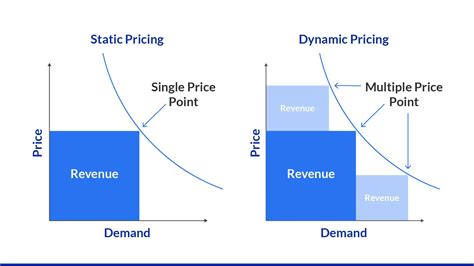
Dynamic pricing is a complex and multifaceted strategy that involves various techniques and approaches. At its core, dynamic pricing is about using data and analytics to adjust prices in real-time based on changing market conditions. This can involve using algorithms to analyze demand, competition, and other factors, and then adjusting prices accordingly. Dynamic pricing can be used in various industries, including hospitality, transportation, retail, and e-commerce. In each of these industries, dynamic pricing can help businesses maximize their revenue and stay competitive.
How Dynamic Pricing Works
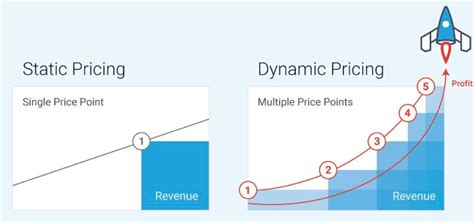
There are several key factors that influence dynamic pricing, including demand, competition, and market conditions. Demand refers to the number of customers who are willing and able to buy a product or service at a given price. When demand is high, companies can charge higher prices and maximize their revenue. Competition refers to the presence of other businesses that offer similar products or services. When competition is high, companies may need to lower their prices to stay competitive. Market conditions refer to external factors such as weather, seasonality, and economic trends that can affect demand and prices.
Benefits of Dynamic Pricing
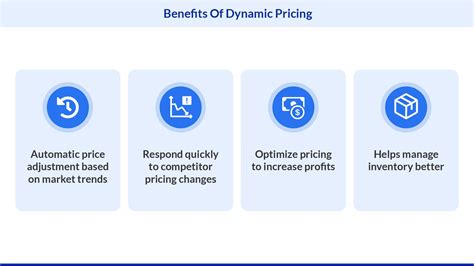
The benefits of dynamic pricing are numerous and well-documented. Some of the most significant advantages include:
- Increased revenue: Dynamic pricing allows companies to capitalize on periods of high demand and maximize their revenue.
- Improved profitability: By adjusting prices in real-time, businesses can ensure that they are charging the optimal price for their products or services.
- Enhanced competitiveness: Dynamic pricing enables companies to stay competitive by matching or beating the prices of their competitors.
- Better data collection: Dynamic pricing provides businesses with valuable insights into consumer behavior and preferences, which can be used to inform future pricing decisions and improve overall business strategy.
Challenges of Dynamic Pricing
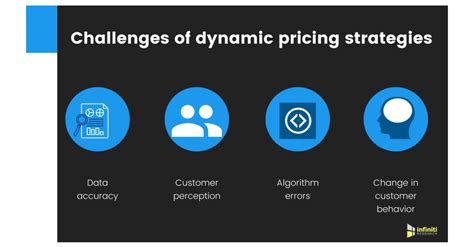
While dynamic pricing offers many benefits, it also presents several challenges that businesses must navigate. Some of the most significant challenges include:
- Complexity: Dynamic pricing involves using complex algorithms and data analytics to adjust prices in real-time.
- Transparency: Consumers may be skeptical of dynamic pricing, especially if they feel that prices are being manipulated or that they are being charged unfairly.
- Competition: Dynamic pricing can be challenging in highly competitive industries, where companies may need to lower their prices to stay competitive.
- Data quality: Dynamic pricing relies on high-quality data, which can be difficult to obtain and analyze.
Examples of Dynamic Pricing
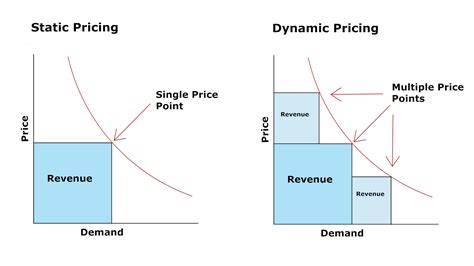
Dynamic pricing is used in various industries, including hospitality, transportation, retail, and e-commerce. Some examples of dynamic pricing include:
- Airlines: Airlines use dynamic pricing to adjust the prices of their tickets based on demand, competition, and other factors.
- Hotels: Hotels use dynamic pricing to adjust the prices of their rooms based on occupancy rates, seasonality, and other factors.
- Retailers: Retailers use dynamic pricing to adjust the prices of their products based on demand, competition, and other factors.
- E-commerce: E-commerce companies use dynamic pricing to adjust the prices of their products based on demand, competition, and other factors.
Best Practices for Dynamic Pricing
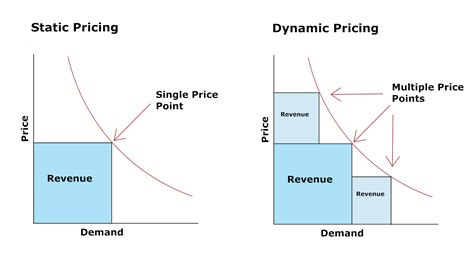
To get the most out of dynamic pricing, businesses should follow several best practices, including:
- Use high-quality data: Dynamic pricing relies on high-quality data, which can be difficult to obtain and analyze.
- Be transparent: Consumers may be skeptical of dynamic pricing, especially if they feel that prices are being manipulated or that they are being charged unfairly.
- Monitor and adjust: Dynamic pricing requires continuous monitoring and adjustment to ensure that prices are optimal.
- Consider multiple factors: Dynamic pricing involves considering multiple factors, including demand, competition, and market conditions.
Gallery of Dynamic Pricing Examples
Dynamic Pricing Image Gallery
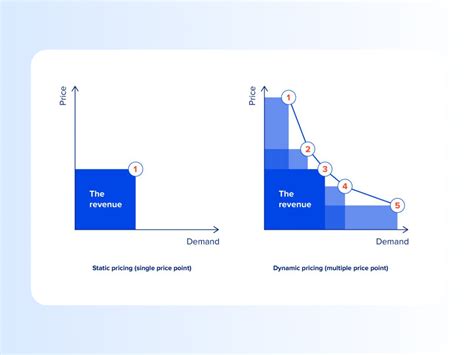
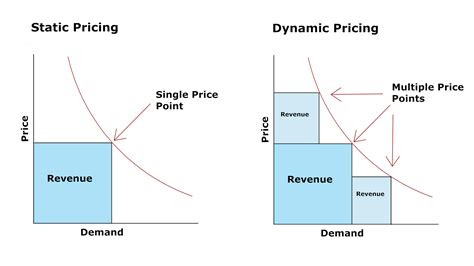
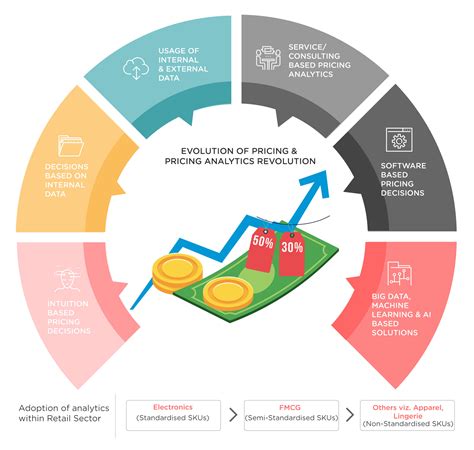

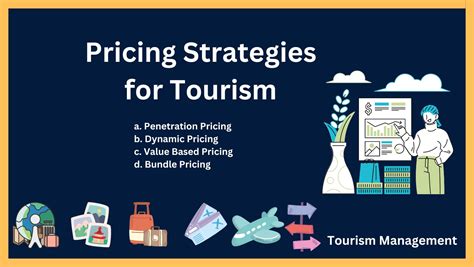

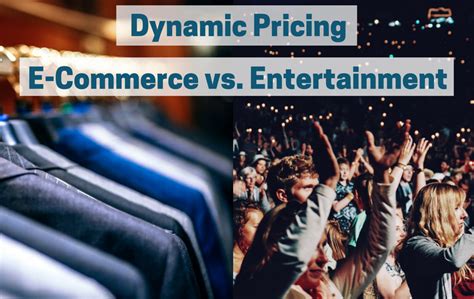
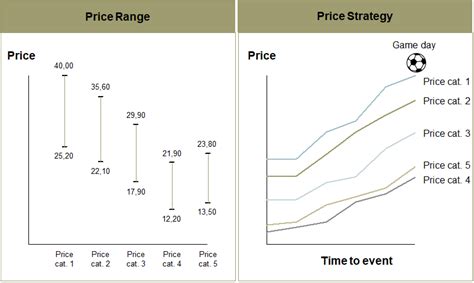

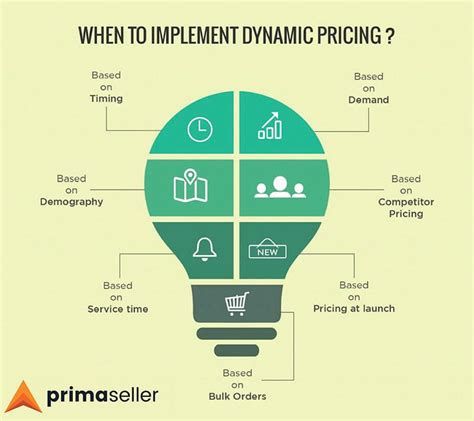
What is dynamic pricing?
+Dynamic pricing is a pricing strategy that involves adjusting the prices of products or services in real-time based on various factors such as demand, competition, and market conditions.
How does dynamic pricing work?
+Dynamic pricing involves using complex algorithms and data analytics to adjust prices in real-time based on changing market conditions.
What are the benefits of dynamic pricing?
+The benefits of dynamic pricing include increased revenue, improved profitability, and enhanced competitiveness.
What are the challenges of dynamic pricing?
+The challenges of dynamic pricing include complexity, transparency, competition, and data quality.
How can businesses get the most out of dynamic pricing?
+To get the most out of dynamic pricing, businesses should use high-quality data, be transparent, monitor and adjust, and consider multiple factors.
In conclusion, dynamic pricing is a powerful pricing strategy that can help businesses maximize their revenue and stay competitive. By understanding how dynamic pricing works and following best practices, companies can capitalize on periods of high demand and adjust their prices in real-time to stay ahead of the competition. Whether you are a business owner looking to maximize your revenue or a consumer trying to make sense of the prices you see online, dynamic pricing is an essential concept to understand. We invite you to share your thoughts on dynamic pricing and how it has impacted your business or purchasing decisions. Join the conversation and let's explore the world of dynamic pricing together!
